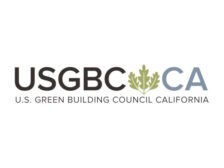Home » Keywords: » carbon footprint
Items Tagged with 'carbon footprint'
ARTICLES
Innovations in Thermal Analysis
Sustainable Building Roofs for Energy and Carbon Emission Reductions
December 20, 2024
EVENTS
Enhance your expertise with unparalleled insights.
Join thousands of building professionals today. Shouldn’t you know what they know?
SUBSCRIBE TODAY!Copyright ©2025. All Rights Reserved BNP Media.
Design, CMS, Hosting & Web Development :: ePublishing

.png?height=168&t=1738259100&width=275)


.png?height=168&t=1734906205&width=275)





.png?height=168&t=1733339748&width=275)
